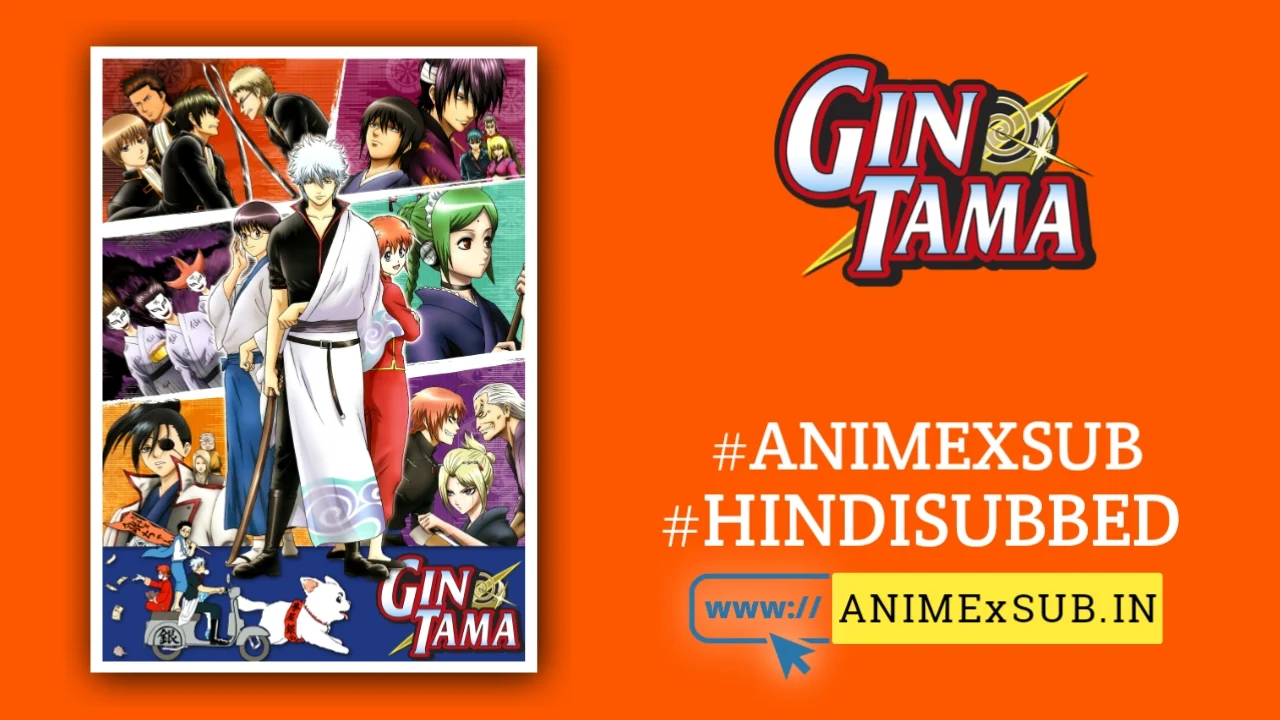
Gintama Hindi Subbed [202/367] | GINTAMA Hindi Sub {Ongoing}

Gintama
GintamaSynopsis
Life isn't easy in feudal Japan... especially since the aliens landed and conquered everything! Oh sure, the new health care is great, but the public ban on the use of swords has left a lot of defeated samurai with a difficult decision to make concerning their future career paths! This is especially true if, as in the case of Gintoki Sakata, they're not particularly inclined towards holding a day job, which is why Gintoki's opted for the freelance route, taking any job that's offered to him as long as the financial remuneration sounds right. Unfortunately, in a brave new world filled with stray bug-eyed monsters, upwardly mobile Yakuza and overly ambitious E.T. entrepreneurs, those jobs usually don't pay as well as they should for the pain, suffering and indignities endured! (Source: Sentai Filmworks)
Characters
Episodes
How To Download Tutorial
Gintama: The Unrivaled Anime That Redefines Storytelling
Gintama, created by Hideaki Sorachi, is a rare gem in the anime and manga world, blending irreverent humor, gut-wrenching drama, and sharp social commentary into a narrative that defies categorization. Set in an alternate Edo-period Japan where aliens, known as Amanto, have colonized Earth, the series follows Gintoki Sakata, a lazy yet fiercely principled samurai, and his ragtag crew at Yorozuya, a freelance odd-jobs business. What begins as a seemingly episodic comedy evolves into a sprawling epic that balances absurdity with profound human experiences, making Gintama a masterclass in storytelling that remains unmatched.
A Genre-Defying Narrative
At its core, Gintama is a chameleon of genres. It’s a comedy that delivers laugh-out-loud gags, from toilet humor to razor-sharp parodies of anime tropes and pop culture (think Dragon Ball, One Piece, and even Star Wars getting roasted). Yet, it seamlessly shifts into intense action arcs with impeccably choreographed battles, showcasing Gintoki’s swordsmanship and the emotional weight of his past as a war veteran. The series doesn’t stop there—it dives into political intrigue, existential musings, and heartrending character studies, often within the same episode. This tonal fluidity is Gintama’s greatest strength, keeping viewers on their toes while never feeling disjointed.
Unlike many long-running shonen series, Gintama avoids filler bloat. Its episodic structure in the early seasons builds a rich world and deepens character relationships, laying the groundwork for sprawling, high-stakes arcs like the Shogun Assassination or Silver Soul. Each episode, whether a standalone comedy or a pivotal plot point, feels purposeful, rewarding patient viewers with payoffs that span hundreds of episodes.
Characters That Live and Breathe
Gintama’s cast is its beating heart. Gintoki, with his deadpan wit, sugar obsession, and hidden trauma, is a protagonist who feels both larger-than-life and painfully relatable. His companions—Shinpachi, the straight-man aspiring samurai, and Kagura, the super-strong yet endearing alien girl—form a found family that grounds the series’ chaos. The supporting cast, from the anarchic Shinsengumi police force to the tragic yet charismatic antagonist Takasugi, is equally compelling, with each character given depth through backstories that explore themes of loyalty, redemption, and resilience.
What sets Gintama apart is its refusal to glorify its heroes. Gintoki and his allies are flawed—often selfish, petty, or broken by their pasts—yet their growth feels organic. The series doesn’t shy away from showing their failures, making their triumphs all the more impactful. Even minor characters, like the ramen shop owner or a one-off villain, are given moments of humanity that linger long after their screen time ends.
A Mirror to Society
Beneath its absurdity, Gintama is a sharp critique of societal issues. The Amanto occupation serves as a metaphor for imperialism, exploring themes of cultural erosion and resistance. The series tackles class disparity, corruption, and the cost of war without preaching, weaving these ideas into character-driven stories. For instance, the Four Devas arc examines power struggles in a red-light district, while the Courtesan of a Nation arc delves into the personal toll of political machinations. Gintama’s ability to address heavy topics while maintaining its humor is a testament to Sorachi’s writing prowess.
Visual and Auditory Brilliance
Studio Bandai Namco Pictures (and later Sunrise) brings Gintama to life with vibrant animation that evolves with the series. Early seasons embrace a rough, playful aesthetic that suits the comedic tone, while later arcs feature cinematic fight sequences and breathtaking visuals. The voice acting, particularly Tomokazu Sugita’s performance as Gintoki, is phenomenal, capturing every nuance of the character’s sarcasm and vulnerability. The soundtrack, blending traditional Japanese instruments with modern rock, perfectly complements the series’ eclectic tone, with iconic openings like “Pray” by Tommy heavenly6 and “Donten” by DOES becoming fan favorites.
Why Gintama Stands Alone
Gintama’s greatest achievement is its emotional resonance. It’s a series that makes you laugh until your sides hurt, then delivers a gut-punch of tragedy that leaves you in tears. It subverts shonen clichés while honoring their spirit, poking fun at the genre’s obsession with power-ups yet delivering some of the most thrilling battles in anime. Its self-awareness—often breaking the fourth wall to mock its own production struggles—creates a unique bond with the audience, as if you’re in on the joke.
The series’ length (over 350 episodes and multiple films, including the stellar Gintama: The Final) might intimidate newcomers, but its pacing and variety make it endlessly rewatchable. Each arc builds on the last, culminating in a finale that ties up loose ends while staying true to the series’ bittersweet core. Gintama doesn’t just tell a story—it invites you to live in its world, to laugh, cry, and grow with its characters.
A Legacy Like No Other
Gintama is not just an anime; it’s a cultural phenomenon that has left an indelible mark on the medium. Its ability to balance irreverence with sincerity, to critique society while celebrating the human spirit, sets it apart as a work of art. Whether you’re a shonen veteran or a casual viewer, Gintama offers something wholly unique: a journey that’s as unpredictable as it is unforgettable. It’s a series that doesn’t demand your attention—it earns it, episode by episode, until you’re left wondering how you ever lived without it.

























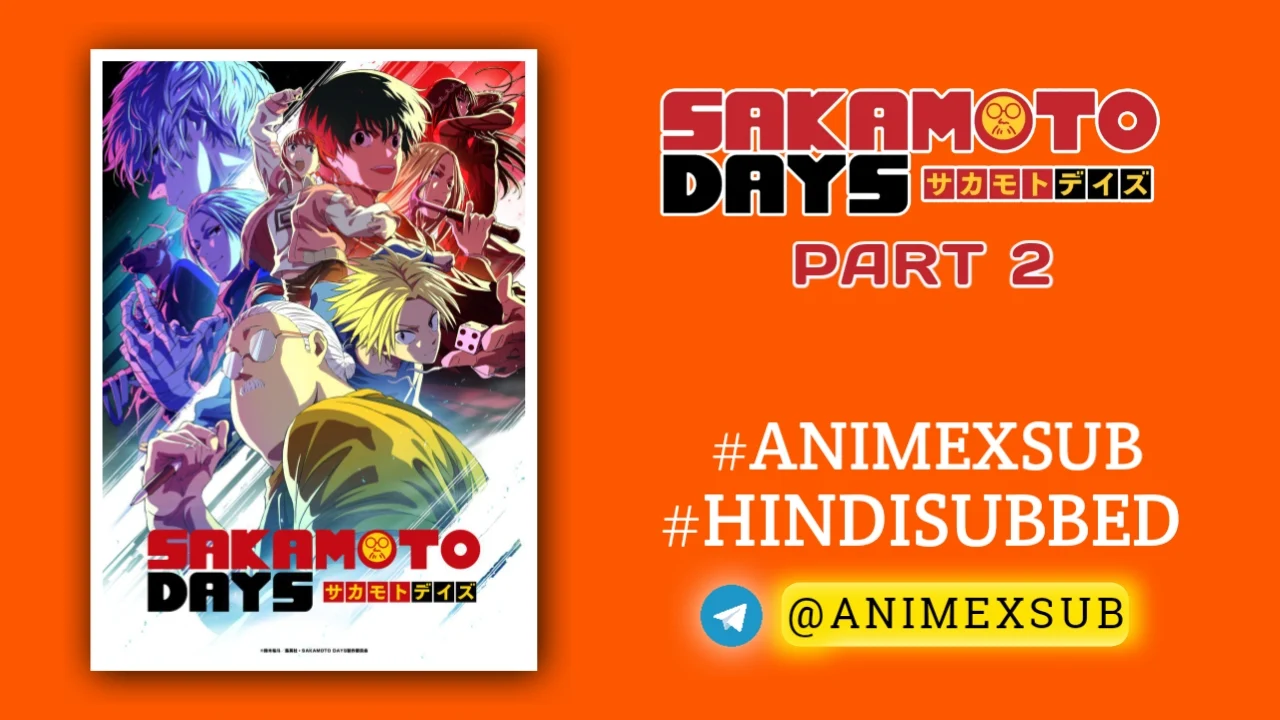
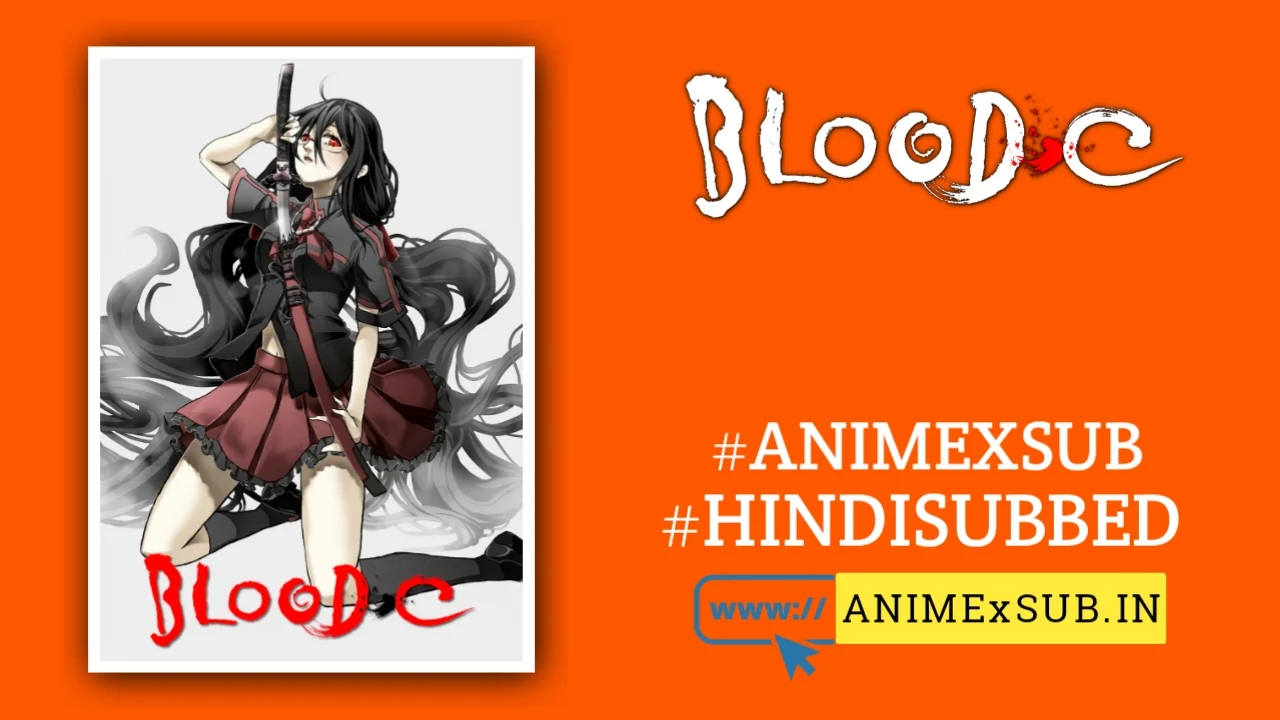
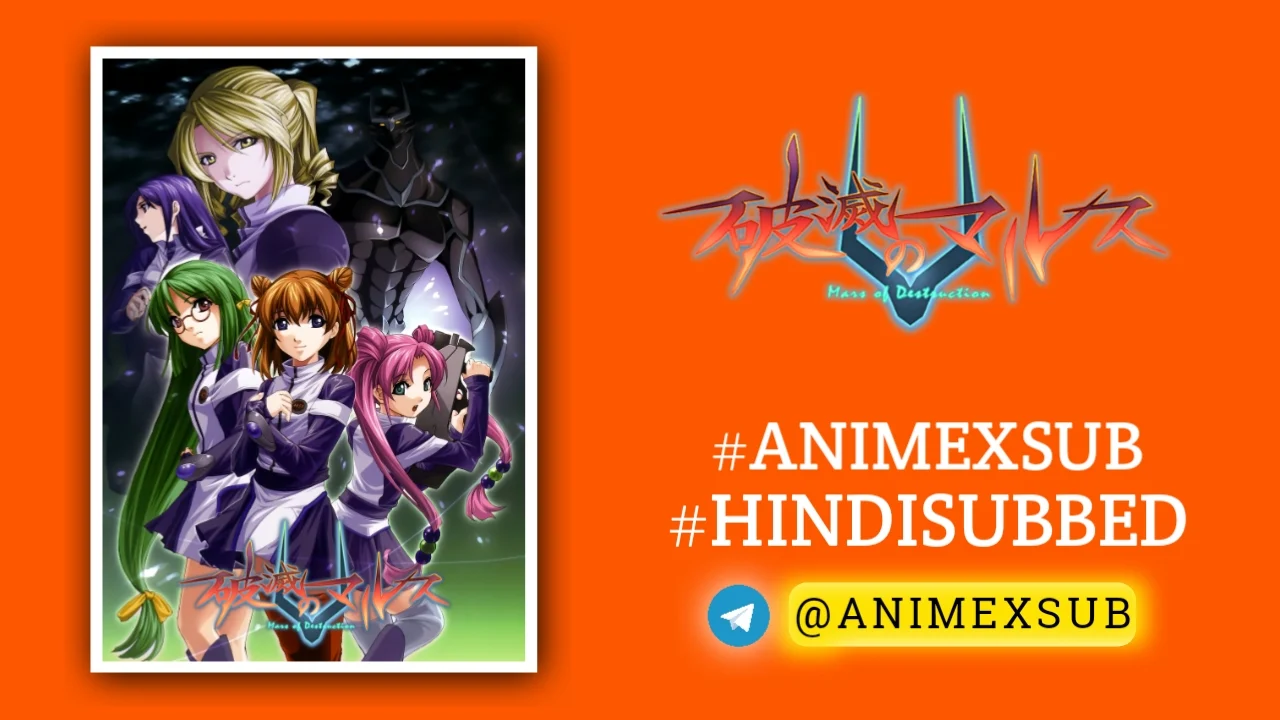

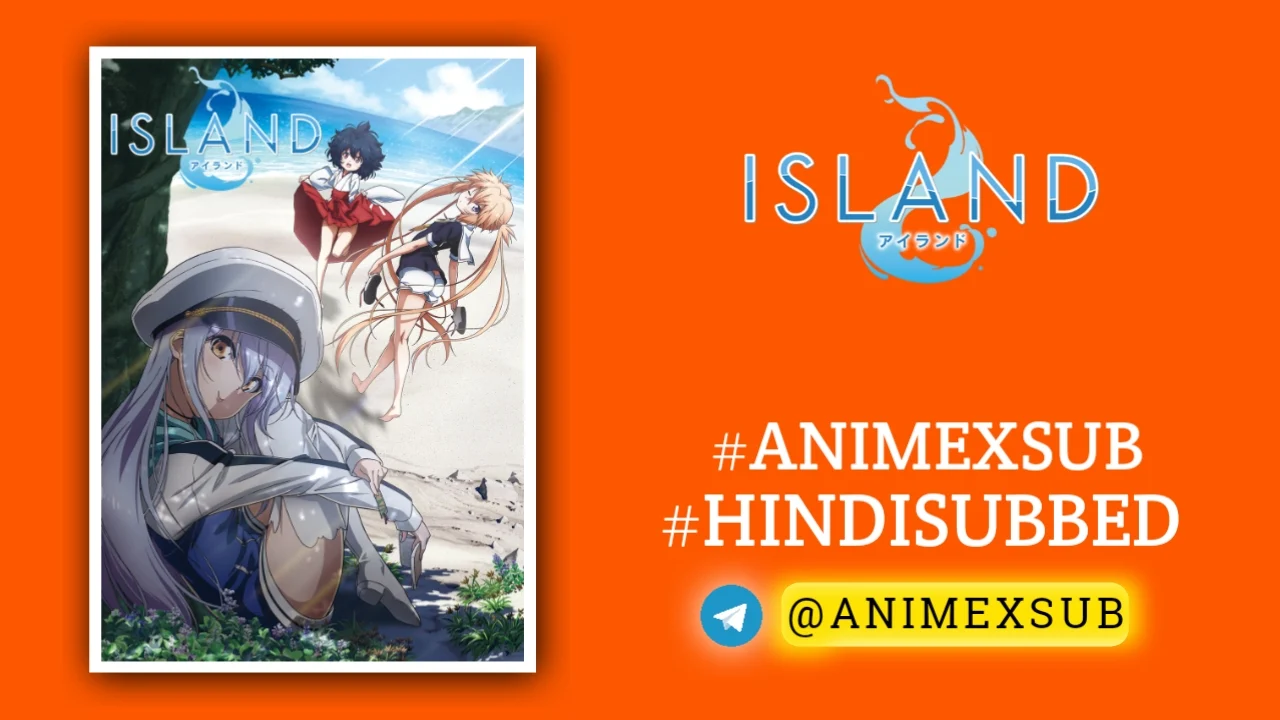
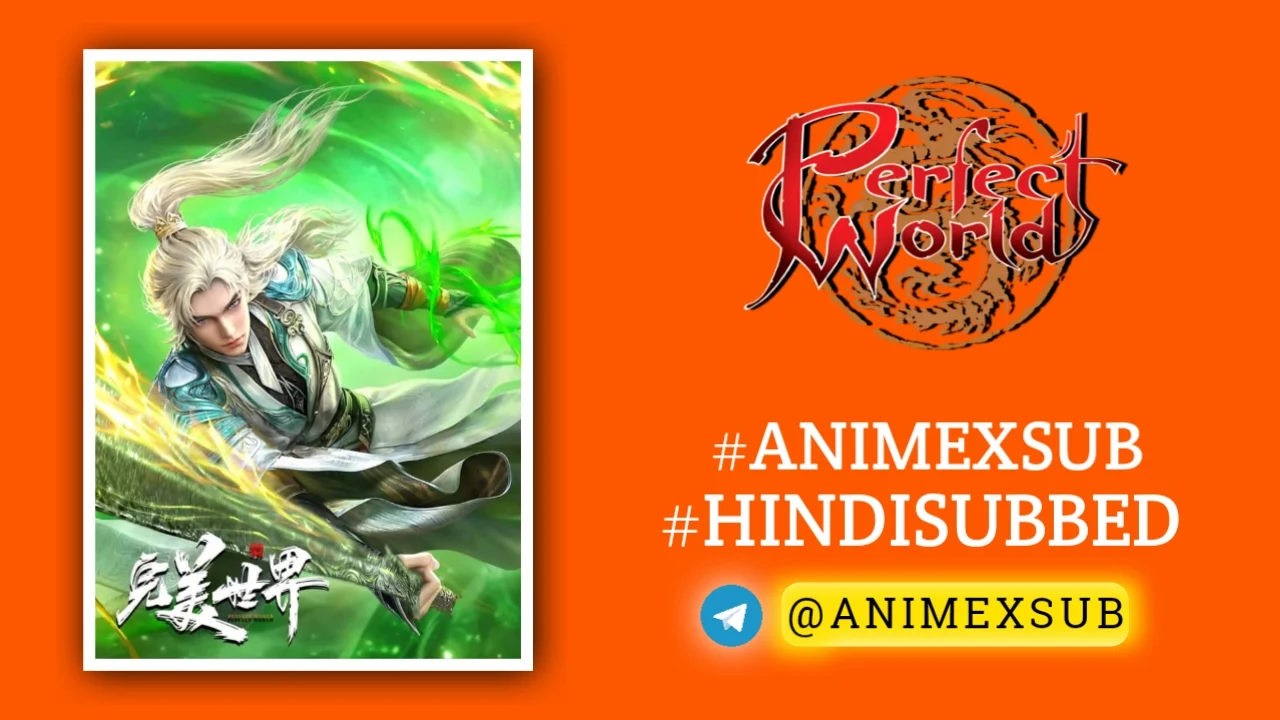
Please Gintama anime ke sare episode hindi sub kar dena bro ❤️
Karunga bro, jitna jaldi ho sake or bas thora episode hi bacha hai ❤️❤️❤️
350+ episode hai na bhai
Baki ke episodes kab aayenge
Bro isi hafte ayega 😊
350+ episode hai na bhai
Baki ke episodes kab aayenge
Iss hafte madamji 💝
Hello brother gintama episode 136 our baki ke kab ayenge 🙂
Bhai SD mein 136-201 nhi hai HD mein dekhe or koshish karenge jaldhi lane ka ❤️
Kab 202 our baki ke bache huye episode aayenge bhai